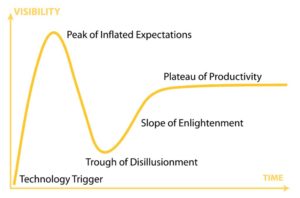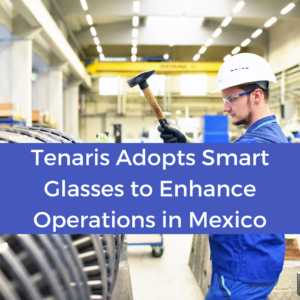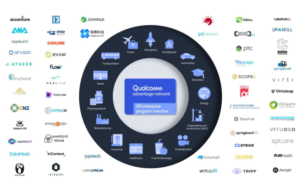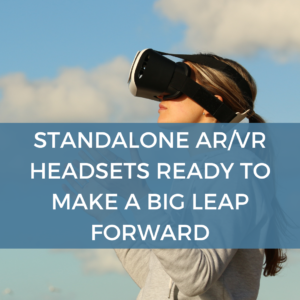Hacking the Hype Cycle to scale AR in the Enterprise – with Scope AR

The idea of the piece is that Combier hacks the Hype Cycle, observing at each point that very early on, much like the technology’s journey through the Hype Cycle, the customer themself goes through a similar cycle as well. The piece follows the customer journey through the technology trigger, the peak of inflated expectations, the trough of disillusionment, slope of enlightenment and plateau of productivity.
The Hype Cycle

- Technology trigger
This is the initial phase of any rising technology where the concepts and ideas related to technology take place. No products are launched in the market, and the management is keen on people’s interest.
Following our customer journey metaphor, no attempt to use the technology has happened yet.
- The peak of inflated expectations
In the second stage, the technology is implemented in the market and a lot of publicity happens on both successful and unsuccessful criteria.
Hopes for AR and knowledge distribution skyrocket as key influencers in the customer’s organization get onboard, spawning long-term strategy impacts on whiteboards. It’s in these meetings where the technology is heavily oversold to blue sky futures, and distanced from the practical realities for which they were intended.
- Dip/Trough of disillusionment
This is a crucial phase where many companies fail to alter their products with upgraded versions and [too] few who were successful in addressing problems [have the ability to] continue investing more.
The first results with a customer are in, and they are a bit of a let-down. What happened?! The fair-weather champions in the management team now flip 180 degrees.
- Slope of betterment/enlightenment
At this point, innovation and investment become more important for growth as, companies establish products based on future technology and test them in the real environment.
Now somewhat seasoned, the end users and adjacent teams within the customer learn more about their own use cases and applications for AR.
- Elevation/Plateau in productivity
In the last phase, productivity elevates and deepens its root in that technological field. Products become widely implemented in technology and producers establish quality standards.
Finally, long term productivity improvements set in, however it only experiences a gradual growth in impact because of internal scarcity in AR authoring skills and the difficulty of scaling customization for their use cases.
The author then goes on to explain their approach in terms of the 3 key things that you can do to help a company scale augmented reality faster, more productively, and more legitimately.
- Realize early that AR is not a silver bullet
- Start with the right use case, then scale
- On-board, enable and train with the right Partners
These three key topics are then explored in detail in the full blog.








